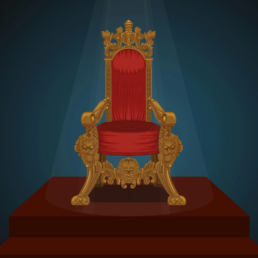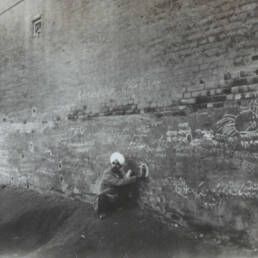If you are a Harry Potter fan, then you might remember a pivotal scene from “The Half-Blood Prince” in which Harry saves Ron’s life by shoving a stone-like substance, called the bezoar, into his mouth. The substance has an interesting story to tell.
Of course, as a Potterhead, you must be familiar with the term “bezoar.” If not, here’s a rundown: Bezoars are a stone-like mass that accumulates inside the digestive system and is said to miraculously cure poisoned people.
If you remember, during his student days at Hogwarts, Severus Snape, under the alias of the “Half Blood Prince,” famously scribbled in his diary, “Just shove a bezoar down their throats” across his list of antidotes.
When Harry gained access to the diary, he used this knowledge on two occasions: once to score points with Professor Slughorn and once to save Ron’s life when he accidentally drank a lethal mead meant for Professor Dumbledore.
But why are we talking about bezoars? Bezoars, you see, were highly sought-after for their medicinal properties before the advent of modern medicine. The term “bezoar” originates in the Middle East and is derived either from the Persian word “pahnzehr” or the Arabic word “badzehr,” both of which mean “counter-poison” or antidote.
Originally, it came from the guts of goats found in the mountainous regions of the Caucasus and the Zagros, bordering western Iran. Unsurprisingly, they were called the “Bezoar Ibex.”
By the 15th and 16th centuries, Persian bezoars were famous for their anti-venom properties, curing the effects of toxins and poisons. They were, however, incredibly expensive and difficult to procure. That’s when a synthetic or artificial version of bezoar appeared. Made in India, specifically in Goa, it was called the “Goa Stone.”
This is corroborated by the account of Georg Eberhard Rumphius, a late 17th-century German-born botanist, who wrote about a stone similar to bezoar but originating in Portuguese Goa.
“This is the stone made by the Portuguese in Goa, but that is now transported throughout the Indies because of its beneficial powers; I do not know of what it is made, except that from its appearance and taste……”
As the story goes, the “Goa Stone” or “Cordial Stone” was an artificial bezoar invented by a Jesuit called Gaspar Antonio. It was claimed to contain exotic ingredients such as narwhal tusk, amethyst, ruby, emerald, coral, and pearl, but its actual composition was kept a well-guarded secret.

Prepared in Goan pharmacies, these miracle stones were believed to have cured fevers and scorpion stings. Snuffing or ingesting its dust was said to have stopped bleeding from the chest and nose. The Jesuits firmly believed that their stone had miraculous qualities like the original one.
As word spread, Goa’s miracle stones became highly sought-after, with England and other European countries importing them at exorbitant prices in the early 18th century.
However, it was not without controversy, as several doctors and chemists at the time dismissed these stones and their healing features. Robert Boyle, the 17th-century chemist, categorically denied their healing abilities.
“For my part, I never saw any great feats performed by those hard and costly Stones, (as Diamonds, and Sapphires) that want to be worn in rings.”
As modern medicine evolved, the stones gradually lost their medicinal value, with many ending up in museums and family collections across Europe and America.
But then again, if Severus Snape and Harry used bezoars to save the day, who knows? They may indeed have been magical and miraculous. Right, Potterheads?
Sources:
Journal of the International Society for the History of Medicine, Vol. XXVI, JUNE 2020, Robrecht van Hee, Maria do Sameiro Barroso, Francesco Maria Galass; Foolish Remedies: Goa stone by Muriel Bailly, https://wellcomecollection.org/articles/foolish-remedies-goa-stone;




